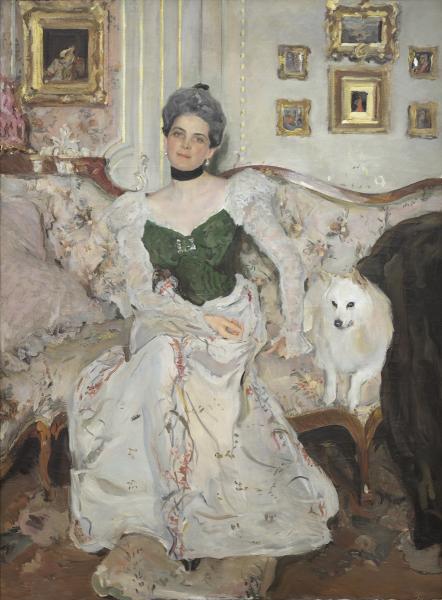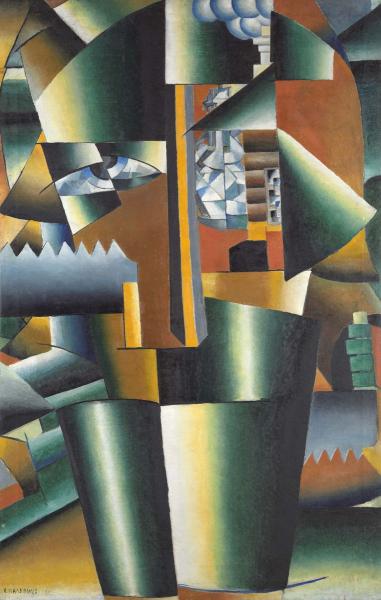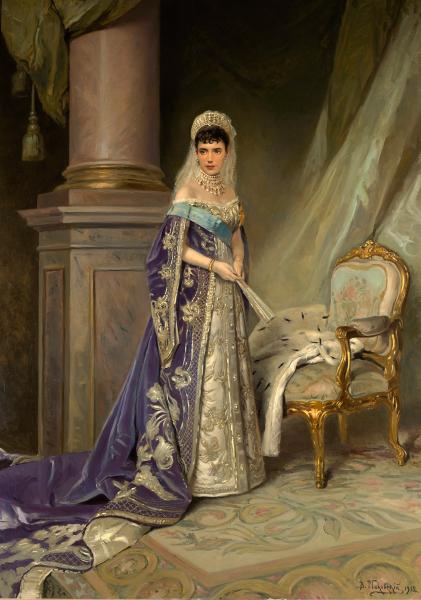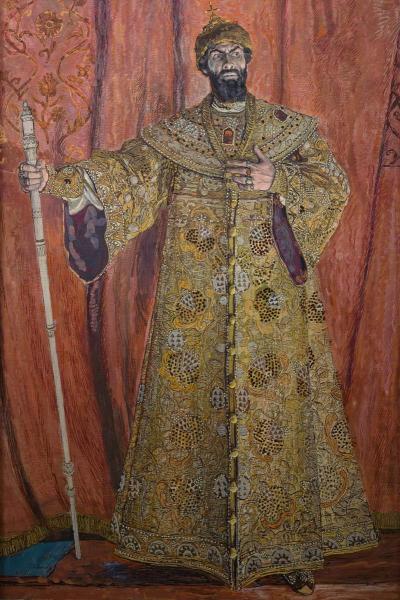The artist is Serov

The work is among the famous samples of the ceremonial portrait of the brush of Serov, which in the 1890s addressed this wealthy traditions of the sphere of painting. The picture is included in the Yusupov family of images, created by the artist at the very beginning of the twentieth century. The appearance and spiritual qualities of Princess Zinaida Nikolaevna, housewives of the house, inspired the masters for a number of works with a pencil and brush, the best of them – a portrait from the meeting of the timing. The last representative of the ancient aristocratic family is depicted among her famous taste and wealth of the house in Arkhangelsk near Moscow. The model, who fascinated Serov with his mind and naturalness, seclms friendly expression and radiant gray eyes, elegant, complete immediacy and movement of the pose, a graceful slope of the head, which seems to echo the rhythms of the outlines of forms that fill the space. The nobility of the appearance of the lady emphasizes both the exquisite golden-pink flavor, heated by the spots of the dark-green and black, and the enamel texture of the letter. Serious in its concept, masterfully written, deprived of "chica", characteristic of social portraits of popular in those years. Sargenta, d. Boldini and a. Tsornna, the picture of Serov was a new step in the development of the traditions of the domestic ceremonial portrait of the XVIII – the beginning of the 19th centuries. (AT. To.). Russian portrait. XX century: St. Petersburg, 2001. With. 83.
Yusupova Zinaida Nikolaevna (1861–1939) – daughter of Hofmeister Prince N. B. Yusupova and Princess T. AND. Yusupova, wife of Prince F. F. Yusupova, Count Sumarokov-Elston, court lady of the last two Russian emperors. Russian portrait. XX century: St. Petersburg, 2001. With. 83.
The Russian Museum contains a whole cycle of portraits of family members of the Yusupovs, including a portrait of F. F. Yusupova Sr. (on horseback), portrait f. F. Yusupova Jr. (with a bulldog), portrait n. F. Yusupova. But the most famous is the portrait of. N. Yusupova.
Valentin Serov builds a picture of softly rounded lines. The flexible movement of the figure of the princess, the soft bend of the sofa and the frames hanging on the wall – such a linear rhythm conveys the atmosphere of comfort, emphasizes the tender femininity of the appearance of Yusupova. The sophistication of the color also contributes to the same, where pink-mash tones shine through the gray. The princess’s dress is written widely, freely, and her beautiful, with gray-blue eyes, her face is careful, lightly invisible to the movement of the brush. Serov Zinaida Nikolaevna was pretty. In one of the letters, he says: "Glorious princess, everyone praises her very much. And really, there is something in it, good. It seems to be generally understanding".
Zinaida Nikolaevna Yusupova (1861, St. Petersburg,-1939, Paris)-Princess, the last of the Yusupov clan, the heiress of a huge fortune, the court lady of the last two Russian emperors. The daughter of the Hofmeister Prince Nikolai Borisovich Yusupov and Princess Tatyana Aleksandrovna (nee. Ribopiere). The last owner of the Arkhangelskoye estate near Moscow. In the spring of 1882 she married Count Felix Feliksovich Sumarokov-Elston. Children – Nikolai (1883-1908), who died early on a duel, and Felix (1887-1967), one of the participants in the murder of Rasputin. Princess Yusupova spent a lot of time, effort and money on charitable activities. Under her patronage there were a number of institutions: shelters, hospitals, gymnasiums, churches not only in St. Petersburg, but throughout the country. During the Russo-Japanese War, the princess was the chief of the military-sanitary train at the front, and sanatoriums and hospitals for the wounded were organized in the palaces and estates of the Yusupovs. Being a member of the Committee on the Organization of the Museum of Fine Arts in Moscow, she sacrificed means and art objects to create a Greco-Roman hall, which later had her name. Once in exile after the October Revolution, Yusupova lived in Rome and continued to engage in charity work, trying to facilitate others to enter a new road. With its assistance, the work bureau of work, a free dining room for emigrants, a whitewash workshop were created. After the death of her husband, she moved to Paris, to her son and his wife, where she died in 1939.


